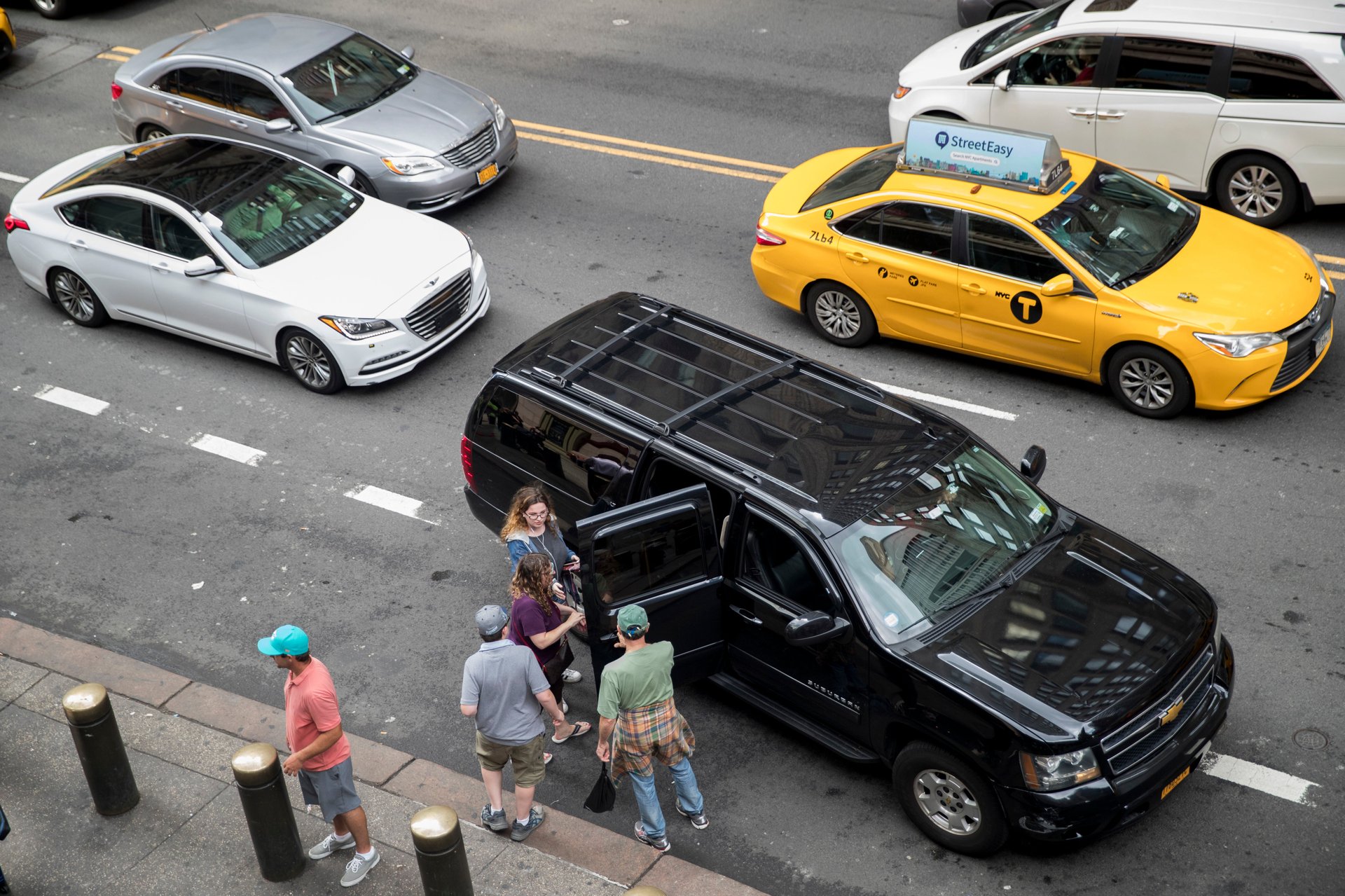Uber said raising driver pay couldn’t be done. That’s about to change
Update (4:30pm ET): The New York City council passed first-of-its-kind legislation this afternoon setting a wage floor for ride-hail drivers and capping the number of ride-hail vehicles in the city. Below, our story from before the historic vote.


Update (4:30pm ET): The New York City council passed first-of-its-kind legislation this afternoon setting a wage floor for ride-hail drivers and capping the number of ride-hail vehicles in the city. Below, our story from before the historic vote.
Uber drivers make about as much money as minimum wage workers.
In some cases they can even make less. That’s because Uber drivers are considered independent contractors, rather than employees, and aren’t protected under federal, state, and local minimum wage laws.
That’s about to change, though.
No, Uber drivers aren’t being recognized as employees (that legal battle is ongoing). But in New York City, the city council is poised to pass a package of bills that, for the first time ever, would set a wage floor for Uber drivers and their peers in the ride-hail industry.
The city council will vote this afternoon (Aug. 8) on whether to authorize the city’s taxi regulator, the Taxi and Limousine Commission (TLC), to “establish a method for determining the minimum payment that must be made” to a driver dispatched by a ride-hail app. The TLC will likely choose to implement a clever formula devised by economists James Parrott and Michael Reich that adjusts drivers’ pay based on how much work they get overall, with the goal of paying them $17.22 an hour, or $15 an hour after expenses like gas.
The legislation, which is widely expected to pass, would be the first to raise the wage floor for ride-hail drivers, many of whom have struggled to make ends meet since Uber began disrupting the taxi industry. It could also become a model for other cities, like Seattle, which have toyed with setting minimum rates for Uber drivers, but have yet to enact anything.
How big of a change will this be? In New York City, Uber drivers earned a median net hourly wage of $14.17 and Lyft drivers of $13.85 during a week in October 2017 analyzed by Parrott and Reich. Bumping that up to $17.22 would represent an increase of at least 22% for half of the city’s Uber drivers, and 24% for half of the city’s Lyft drivers.
Uber has said raising driver pay couldn’t be done. A paper released in October 2017 by two economists at Uber and one at NYU argued that efforts to increase driver earnings were in vain, as drivers given the opportunity to earn higher fares would just work more hours, meaning that there would be less work to go around. Drivers might make more per trip, but they would get fewer trips overall.
What makes the Parrott and Reich solution so clever is that they account for exactly this problem. The pay formula they propose to raise earnings to $17.22 an hour (before expenses but after the ride-hail company’s cut) adjusts pay based on the amount of time the driver has a rider in the car, essentially forcing companies like Uber and Lyft to account for driver utilization.
That means, for the first time, companies like Uber are responsible for making sure their drivers have enough work to earn a living wage—otherwise, they’ll pay the price.